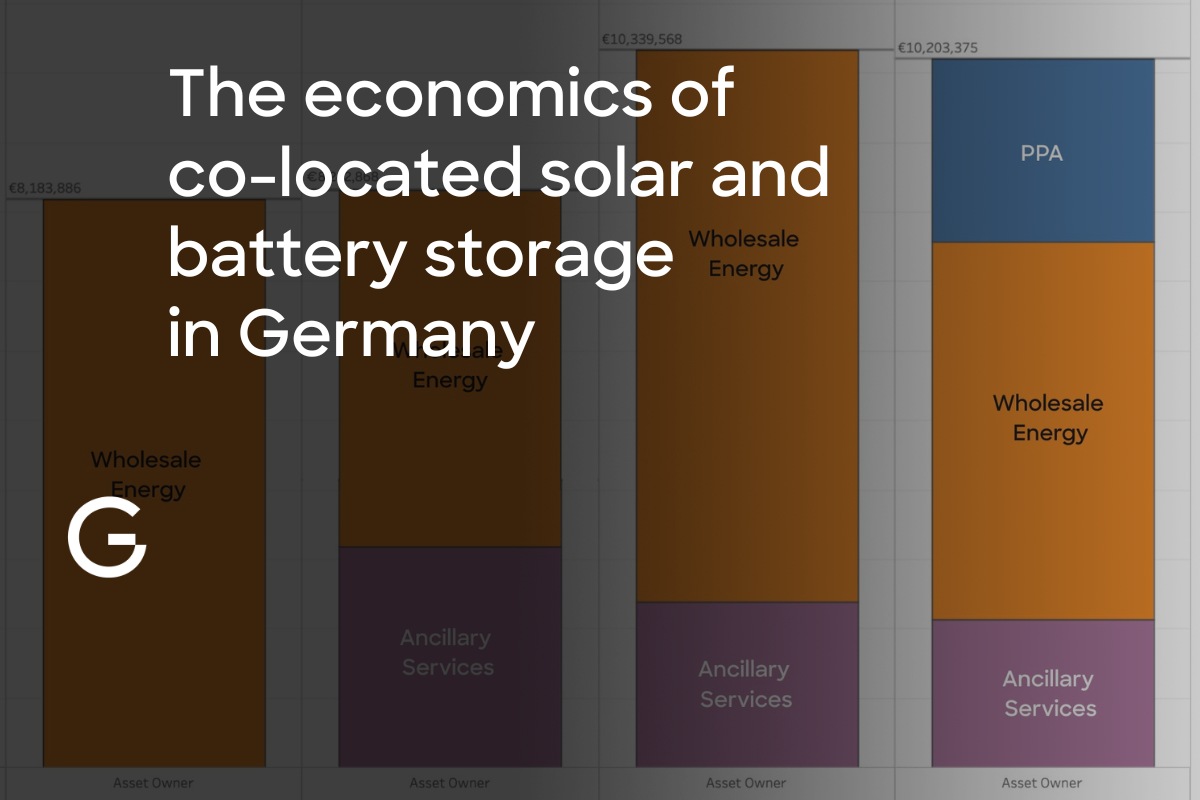Where's the best place in Europe for behind-the-meter solar and storage?

At Gridcog, we work with many clients across Europe and many different project use-cases.
This includes modelling investments in behind-the-meter (BTM) solar and storage, where assets are co-located with existing site load. We often get asked, "Which market offers the best returns for this kind of investment?"
To answer this, we decided to focus on two of the major factors influencing the business case for BTM solar and storage, the local irradiance resource and the underlying cost of energy as measured by the local wholesale energy market.
Why does the market cost of energy matter? Here are two key reasons:
- Timing Consumption: If the site can shift its energy use to when prices are lowest, savings increase.
- Maximising Generation: If the site can generate energy when prices are highest, returns are maximised.
A site’s ability to achieve these goals depends on several factors:
- The pattern of energy consumption
- Local weather conditions (especially solar irradiance)
- Site import/export limits
- Network tariffs
- The sizing of solar and storage assets
- Most importantly, the control strategy deployed on the battery
So, which market is the best for investing in BTM solar and storage? To provide a basis for comparison, we used Gridcog to model the energy savings for a reference project reflecting a commercial energy user investing in BTM solar and storage. We modelled an identical site with identical hardware across several pricing regions, then compared the savings over the last 12 months relative to business-as-usual.
The net-revenues (savings) for each site are shown in the map below.

Here are some of the key highlights:
- Italy provided the strongest price signal for BTM solar and storage over the past 12 months.
- Norway shows the lowest returns, due to a combination of lower solar yield and relatively low wholesale prices.
- Generally, the further east you go, the greater the savings.
While solar irradiance and market dynamics drive revenues for this kind of projects, lots of other factors impact on returns, which you can incorporate into your Gridcog models:
- Site load shape
- Network connection limits
- Network service pricing
- Renewable generation and battery storage subsidies and support schemes
- Asset control strategies
- Other value pools, like capacity, ancillary services and local flex markets
- Project costs, which could be higher or lower in different markets
For this modelling we wanted to keep things simple and consistent, so here are a few of the important model details:
- Energy User: A supermarket with an annual consumption of 470MWh and operations running Monday to Sunday
- Market Exposure: Day-ahead market pricing data from 1 July 2023 to 30 June 2024
- Import/Export Limits: 300kW symmetric
- Solar System: 300kW DC / 200kW AC
- Battery: 250kW / 500kWh
- Exclusions: No network tariffs considered
At Gridcog we want to help the energy leaders investing in the transition see more opportunities and develop commercially viable projects. If you are focused on behind-the-meter investment in Europe, reach out for a demo.





.jpg)

